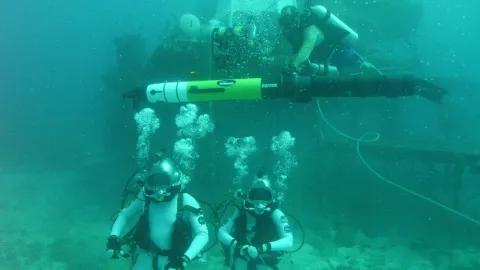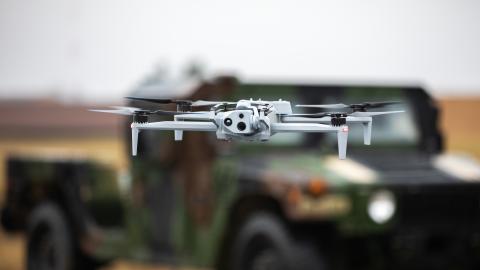Introduction
President Donald Trump wants to pull US troops out of Syria, and he recently froze $200 million in stabilization funds for the country. Though this appeals to his domestic political base and is in keeping with his campaign promises to avoid doling out American taxpayers’ money for unnecessary wars reconstruction in the Middle East, many in his administration and beyond harbor reservations about a too-hasty withdrawal.
First of all, the military job of defeating ISIS is not over. Turkey’s incursion from the north has made the endgame harder because many of the Syrian Kurdish SDF forces, who had fought ISIS valiantly, have redeployed there. And in the long run, both allies and US civilian advisors need the US military umbrella to continue the stabilization work.
Trump insists that allies and partners should pay more. But the much-touted Saudi Arabian-led forces and funding for Syria have not materialized. The UN could gradually do more, but it needs the consent of Assad and Russia. And although European allies have stepped up contributions, it will not alleviate the shortfall if the US continues the freeze on stabilization.
It seemed that a Trumpian equilibrium had been reached in Iraq, where a distinction was made between stabilization, which is not considered nation-building, and reconstruction, which is. Trump has abandoned that distinction in Syria by freezing the stabilization funds, which are also used for demining Raqqa, the former ISIS capital, to make it somewhat safe for refugees to return to.
Stabilization in Syria is not only a necessity for refugees returning home, it is also viewed as a bulwark against a quick return of ISIS. By pulling out too soon, the US would lose options to curb Iran and to influence a political solution in Syria. There are longer-term consequences to watch out for, as there were for Obama when he pulled out of Iraq. There is much at stake around Trump’s decision in the coming months.















